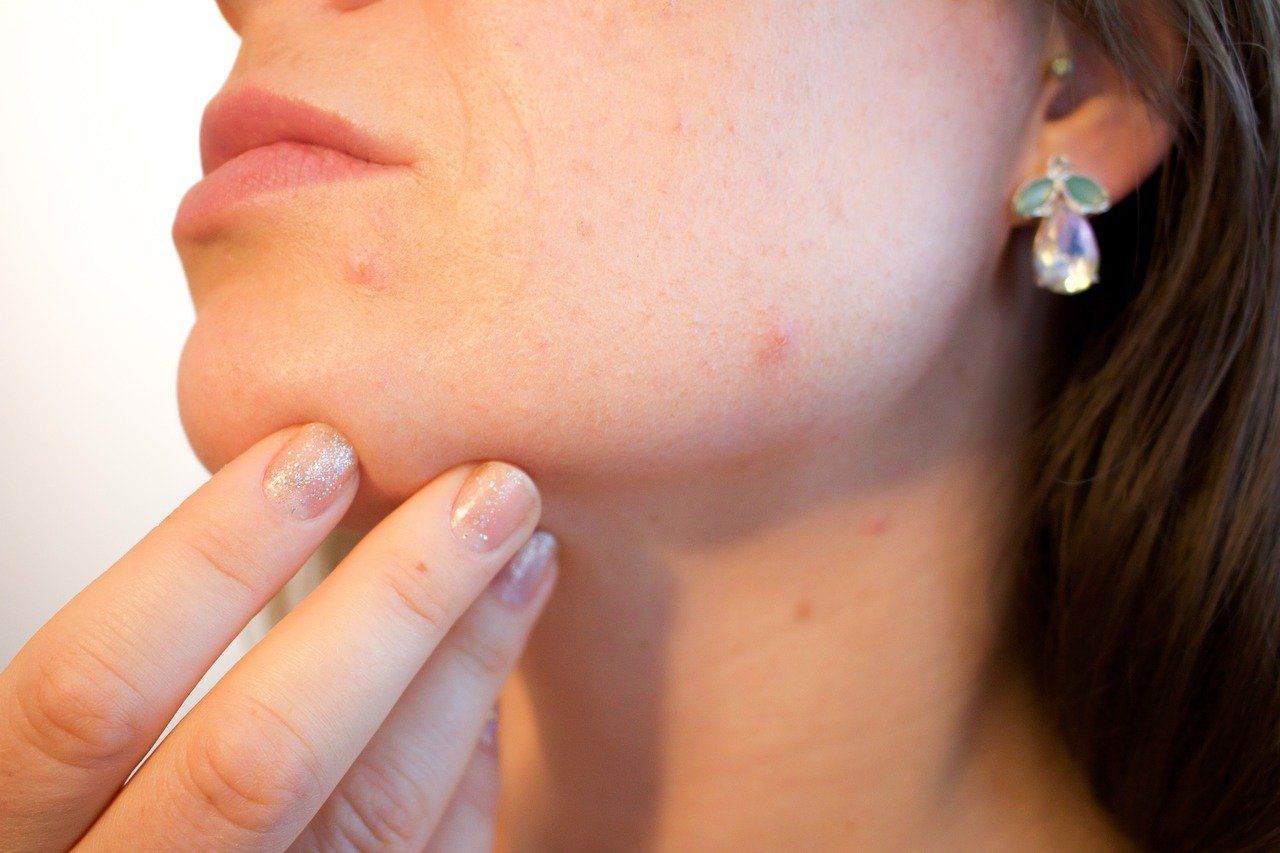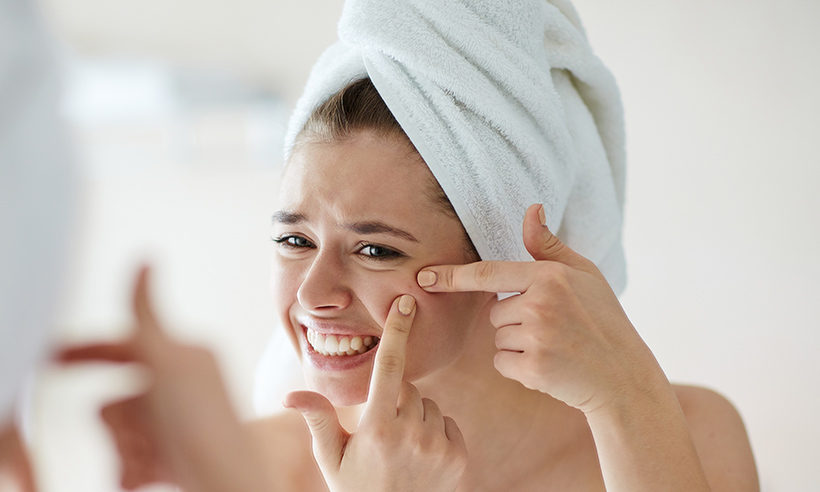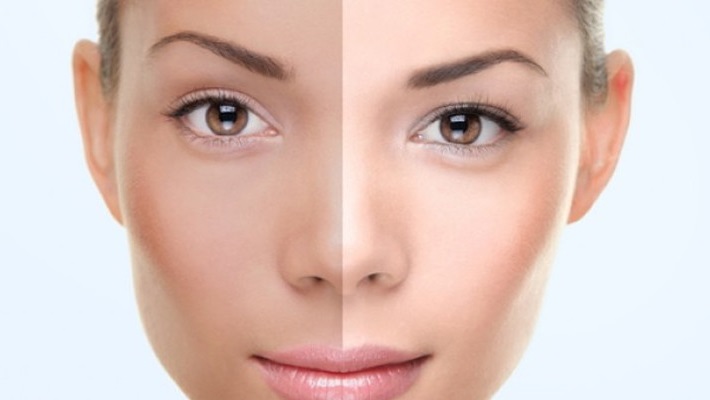Dr. Rinky Kapoor, Consultant Dermatologist, Cosmetic Dermatologist & Dermato-Surgeon, The Esthetic Clinics sheds light on menstrual acne, tips to prevent them, and more.

If the mood fluctuations, bloating, cramps and tender boobs were not enough, seeing the visible proof of the changes in your body in the form of pimples just brings the woes to life. Doesn’t it? Periods mean everything is OK with our body but if we all wish that why can’t it all be without the blemishes that take ages to clear. More than 65% of women have reported suffering from pimples and painful cysts. Also Read – What is Intermittent Fasting? How to do Intermittent Fasting And it’s Benefits
Dr. Rinky Kapoor, Consultant Dermatologist, Cosmetic Dermatologist & Dermato-Surgeon, The Esthetic Clinics sheds light on menstrual acne, tips to prevent them, and more. Also Read – FDA Approves First Alzheimer’s Drug in Nearly 2 Decades, All You Need to Know
Why does it happen?
It’s the hormones without any doubts! But they are not the only culprit; so many little things combine to come out in the form of pimples. Also Read – Real-Life Weight Loss Journey: I Lost 25 Kilos With Regular Jogging And Intermittent Fasting
- The cocktail of testosterone, progesterone, and estrogen changes its composition and the surge of dormant testosterone makes the skin oily. This generally happens around 14-12 days before your periods are due.
- Post ovulation the body temperature increases and this contributes to the spike in pimples.
- If you have PCOS then the breakouts can get worse.
Where all do they pop up?
With the cravings, overactivity of the sebaceous glands, and the regular stress that the skin goes through the whole day, period-related acne can appear on the face around the nose and even as painful cysts around the chin and jawline. You might even get the breakouts around the vaginal area (yes it happens!).
What not to do?
Dont’s: Never pop the acne. You will not win instead you will only help them spread and invite scarring
Some women are lucky that they don’t even notice the menstrual acne, but some are not so lucky and have to go through the whole process every month. Here are some simple tips that can help you treat mensural acne without scarring:
Mensural acne is not pretty but very preserving but you can treat them with a mix of different over the counter products:
- Glycolic acid pads can help remove the dead skin cells and reduce the inflammation on the skin.
- A simple 2.5% benzoyl peroxide treatment is used as a spot treatment to reduce the popping pimples.
- Salicylic acid creams and cleansers are the godsend to keep the pores clear and prevent and treat pimples.
- Don’t ever forget to wear the sunscreen
Know your cycle and prepare your skin
You know when your periods are going to come and the skin changes start about 14 days before period. Forearmed is forewarned:
- Wash your face with a gentle cleanser twice a day.
- Include a salicylic acid or benzoyl peroxide toner post-cleansing. This will keep the pores clean and skin bacteria-free.
- Remove makeup before going to bed and apply an oil-free moisturizer.
- Cut down on the carbs.
- Try to keep the weight fluctuations in check and try to keep it near the ideal body weight.
How can you prevent menstrual acne?
- Keep your phone clean.
- Avoid touching your face with your hands
- Avoid irritating make up and skin care products
- Wash your face after workout and sweaty activities
- Eat as many vegetable and fruits as you can. Including zinc rich diet helps prevent pimples and acne.
What can you do at home?
To get some relief from the painful menstrual acne:
- Use ice compress. This will reduce the pain and swelling.
- Use a warm compress three to four times a day to reduce the pain and pus formation.
- Use tea tree oil for spot treatment or you can use it all over the face. Make sure you dilute the oil before using it.
- Use turmeric, honey, and milk mask: Mix the three ingredients to make a paste (1/2 teaspoon turmeric with 1 tablespoon of honey and milk to make a past). Apply and face and wash after 10 minutes.
If the pain is too much and the pimples are out of control make sure that you consult your dermatologist for professional treatment.
Article Source – https://www.india.com/health/menstrual-acne-understanding-causes-and-how-you-can-get-rid-of-it-4695261/









